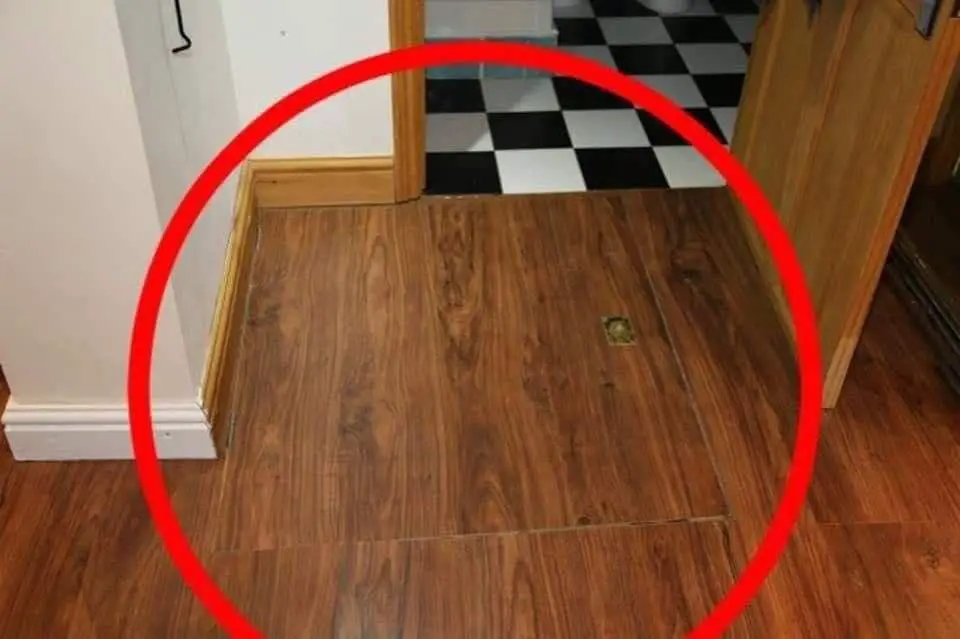Purchasing a new home often comes with its share of surprises, but few can match the astonishing find one man encountered in his recently acquired apartment. Situated within a 19th-century English monastery that had been transformed into 30 individual units, this particular apartment held a secret that bridged the past and present in a remarkable way.
A Glimpse into the Past
The monastery, with its rich history and architectural grandeur, had been meticulously renovated to accommodate modern living while preserving its historical essence. High ceilings, characteristic of the era, graced the apartment, offering a sense of spaciousness and old-world charm. The unique layout even allowed for creative interior designs, such as elevated sleeping areas that maximized the vertical space.
The Unexpected Discovery
During an exploration of his new abode, the owner noticed an inconspicuous handle on the floor near the bathroom entrance. Curiosity piqued, he lifted the hatch, revealing a staircase descending into darkness. Initial thoughts leaned towards it being additional storage or perhaps an old service passage.
A Subterranean Surprise
Venturing down the stairs, the new homeowner uncovered an expansive underground cavern sprawling beneath not only his unit but extending under other parts of the building as well. The vastness of the space hinted at its historical significance, possibly serving as storage, refuge, or even clandestine meeting areas during the monastery’s operational years.
Historical Significance
Such hidden chambers are not uncommon in structures of this age. Monasteries often featured subterranean rooms used for various purposes, including storage of valuable items, wine cellars, or as places of seclusion and meditation. The discovery of this underground space offers a tangible connection to the building’s storied past, providing a unique opportunity to delve into historical research and preservation.
Modern Implications
For the new owner, this unexpected find presents both challenges and opportunities. Ensuring the structural integrity of the space is paramount, necessitating consultations with architects and historians. There is also the potential to preserve and showcase this piece of history, perhaps integrating it into the living space as a unique feature or even opening it to the public for educational purposes.
Conclusion
The discovery of a secret door leading to an underground cavern in a renovated monastery apartment serves as a captivating reminder of the layers of history that can reside within our homes. It underscores the importance of preserving and exploring these hidden spaces, offering a window into the past and enriching our understanding of historical architecture and the lives of those who once inhabited these venerable structures.

